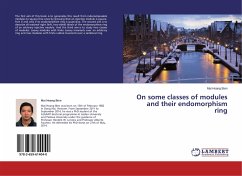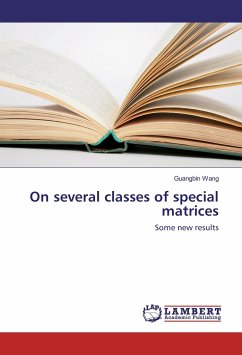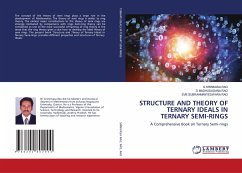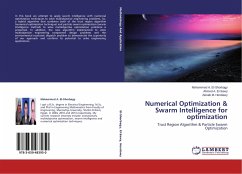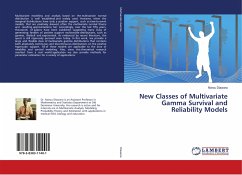
Radical Classes & Semi-Simple Classes of Rings
A study on Characterization of Radical Classes & Semi-Simple Classes of Rings
Versandkostenfrei!
Versandfertig in 6-10 Tagen
39,99 €
inkl. MwSt.

PAYBACK Punkte
20 °P sammeln!
The concept of a radical was introduced by J. H. M. Wedderburn in 1908, for determination of structures of algebras and later on various radicals have been proposed by Artin, Baer, Jacobson, Brown-McCoy, Levitzki etc. for study of rings in the forties. The general theory of radicals was initiated by Kurosh (1953) and Amitsur in the early fifties. Andrunakievic, Sulinski, Divinsky and many others have followed up the works of Kurosh and Amitsur. The first example of a radical was the nilradical introduced in (Köthe 1930), based on a suggestion in (Wedderburn 1908). In the next few years severa...
The concept of a radical was introduced by J. H. M. Wedderburn in 1908, for determination of structures of algebras and later on various radicals have been proposed by Artin, Baer, Jacobson, Brown-McCoy, Levitzki etc. for study of rings in the forties. The general theory of radicals was initiated by Kurosh (1953) and Amitsur in the early fifties. Andrunakievic, Sulinski, Divinsky and many others have followed up the works of Kurosh and Amitsur. The first example of a radical was the nilradical introduced in (Köthe 1930), based on a suggestion in (Wedderburn 1908). In the next few years several other radicals were discovered, of which the most important example is the Jacobson radical. The general theory of radicals was defined independently by (Amitsur 1952, 1954, 1954b) and Kurosh (1953).





![World Triangular Series [µ, *µ & gµ] in Fuzzy Topological Spaces Cover World Triangular Series [µ, *µ & gµ] in Fuzzy Topological Spaces](https://bilder.buecher.de/produkte/36/36808/36808062n.jpg)
